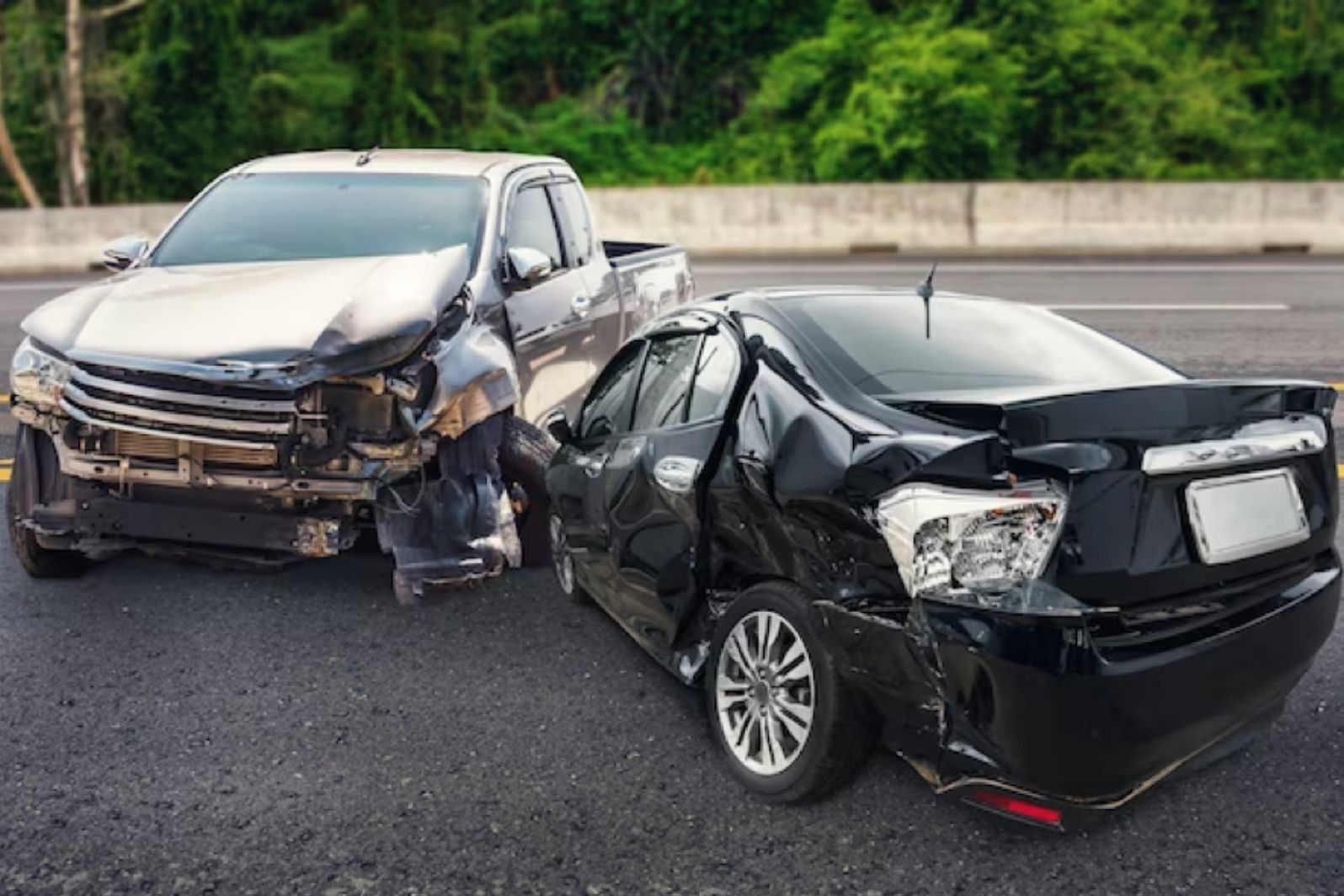Determining fault in Indiana car accidents involves a clear understanding of state laws. In Indiana, the concept of “comparative fault” plays a central role. This means each party involved in an accident may share some responsibility. The percentage of fault assigned to each party impacts their ability to recover damages. Police reports, witness statements, and accident scene evidence help establish these percentages. Insurance companies and legal professionals analyze this information to determine liability. Understanding how fault is distributed is crucial because it influences compensation. For example, if a driver is found to be 20% at fault, they may only recover 80% of the total damages. It’s important to have a knowledgeable guide in these situations. A Fort Wayne car accident lawyer can provide critical insight into the complexities of fault determination. This guidance ensures that rights are protected and fair outcomes are pursued after a car accident in Indiana.
Understanding Comparative Fault
Indiana follows the comparative fault system, specifically a “modified comparative fault” approach. This means a party can recover damages only if they are less than 51% at fault for the accident. If a person is equally or more responsible, they cannot claim compensation. For instance, if one is 50% at fault, they can still recover damages, but if it reaches 51%, they cannot.
This system encourages accountability and fairness. By distributing fault proportionally, it seeks to reflect the reality of shared responsibility in many accidents. Understanding this system helps individuals navigate the aftermath of an accident with more clarity.
Gathering Evidence
To determine fault, gathering solid evidence is vital. This process typically includes:
- Police Reports: Official records from the scene provide an unbiased view.
- Witness Statements: Testimonies from those present can offer valuable insights.
- Accident Scene Evidence: Photos, videos, and other physical evidence help reconstruct events.
Insurance companies and attorneys use this evidence to analyze the accident. Proper documentation can significantly influence the determination of fault.
Role of Insurance Companies
Insurance companies play a critical role in fault analysis. They review the gathered evidence and assess the damages involved. Their goal is to determine the liability percentage of each party. This process affects the settlement offers and can sometimes lead to disputes. It’s important to communicate clearly with insurers and provide them with all necessary documentation.
Legal Guidance and Support
Having legal support can be crucial when navigating fault determinations. An experienced attorney can help interpret the law and advocate for a fair outcome. Understanding the nuances of Indiana’s comparative fault laws ensures that one’s rights are not compromised. Lawyers can also negotiate with insurance companies to reach a fair settlement.
Potential Outcomes and Settlements
The outcome of fault determination directly impacts the settlement process. Consider the following table to understand typical scenarios:
| Fault Percentage | Recoverable Damages | Example Scenario |
| 0% | 100% of damages | Driver hit at a stoplight |
| 20% | 80% of damages | Minor speeding in a rear-end collision |
| 50% | 50% of damages | Both parties fail to signal and collide |
| 51% or more | 0% of damages | Driver runs a red light causing a crash |
This table provides a simple guide to understanding how fault percentages can affect compensation. It’s important to strive for an accurate assessment of all factors involved.
Conclusion
Understanding how fault is determined in Indiana car accidents is essential for seeking fair compensation. By considering comparative fault laws, gathering evidence, and obtaining proper legal support, individuals can navigate these challenging situations more effectively. A clear understanding of these aspects ensures that one’s rights remain protected and fair outcomes are achieved. For more information on Indiana’s car accident laws, you can visit the Indiana Bureau of Motor Vehicles for comprehensive resources and guidance.



